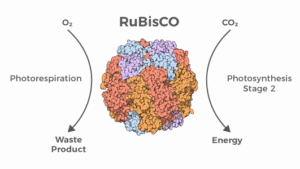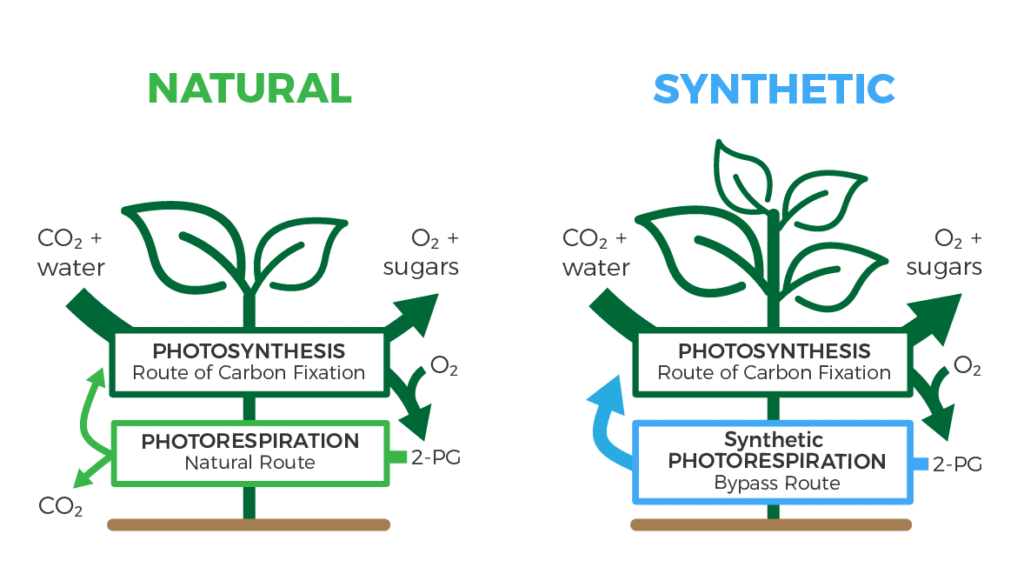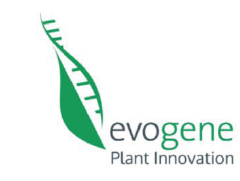Feeding 10–15 billion people in the year 2100 is a tremendously challenging task that will only be met by the implementation of drastic measures to increase agricultural productivity. Hence, the seed industry is seeking sustainable and economically viable solutions to increase crop yield. Plant genomics represents a fundamental way to improve plant productivity and performance. Along these lines, the EU-funded project FutureAgriculture offers not an incremental improvement but rather a leap in agricultural productivity.

Carbon fixation is one of the most important biochemical processes on earth, supporting our biosphere by transforming inorganic carbon into organic matter and literally feeding all life forms. The Calvin–Benson–Bassham Cycle (CBBC) – operating in higher plants, algae, and many bacteria – is responsible for ≥ 95% of the carbon fixed in the biosphere. Despite being under a strong selective pressure for eons, the CBBC still displays inefficiencies: the carboxylating enzyme RuBisCO is very slow and cannot fully distinguish between CO2 and molecular oxygen. When oxygen replaces CO2 as substrate for RuBisCO’s activity, a toxic waste product, 2-phosphoglycolate (2-PG), is produced. 2-PG must be recycled back into the CBBC via a pathway termed photorespiration. However, plant photorespiration dissipates energy and releases CO2, thereby directly counteracting the function of RuBisCO, reducing the effective rate of carbon fixation, and lowering agricultural productivity.
FutureAgriculture aims to boost agricultural productivity by designing and engineering plants that directly overcome the deficits of natural photorespiration and that support higher photosynthetic rate and yield. The implementation of novel synthetic photorespiration bypass routes in plants is expected to increase plant growth rate and biomass yield under various environmental conditions.
FutureAgriculture aims to engineer novel metabolic routes to replace photorespiration. These routes will avoid the release of CO2 and will operate at higher energetic efficiency. As such these photorespiration bypass routes will support substantially higher carbon fixation and photosynthetic efficiency. Specifically, the suggested synthetic routes are expected to have a significant advantage over their natural counterpart both under strong illumination, where growth is mainly limited by the activity of the Calvin–Benson–Bassham Cycle, and under low light, where growth is limited by the energetic state of the cell.
Thus, the implementation of novel synthetic photorespiration bypass routes in C3 plants is expected to significantly increase plant growth rate and biomass yield under various environmental conditions. This will provide the basis for increasing agricultural productivity of the crops comprising >60% of agricultural production, including rice, wheat, barley, oat, soybean, cotton and potato. 






